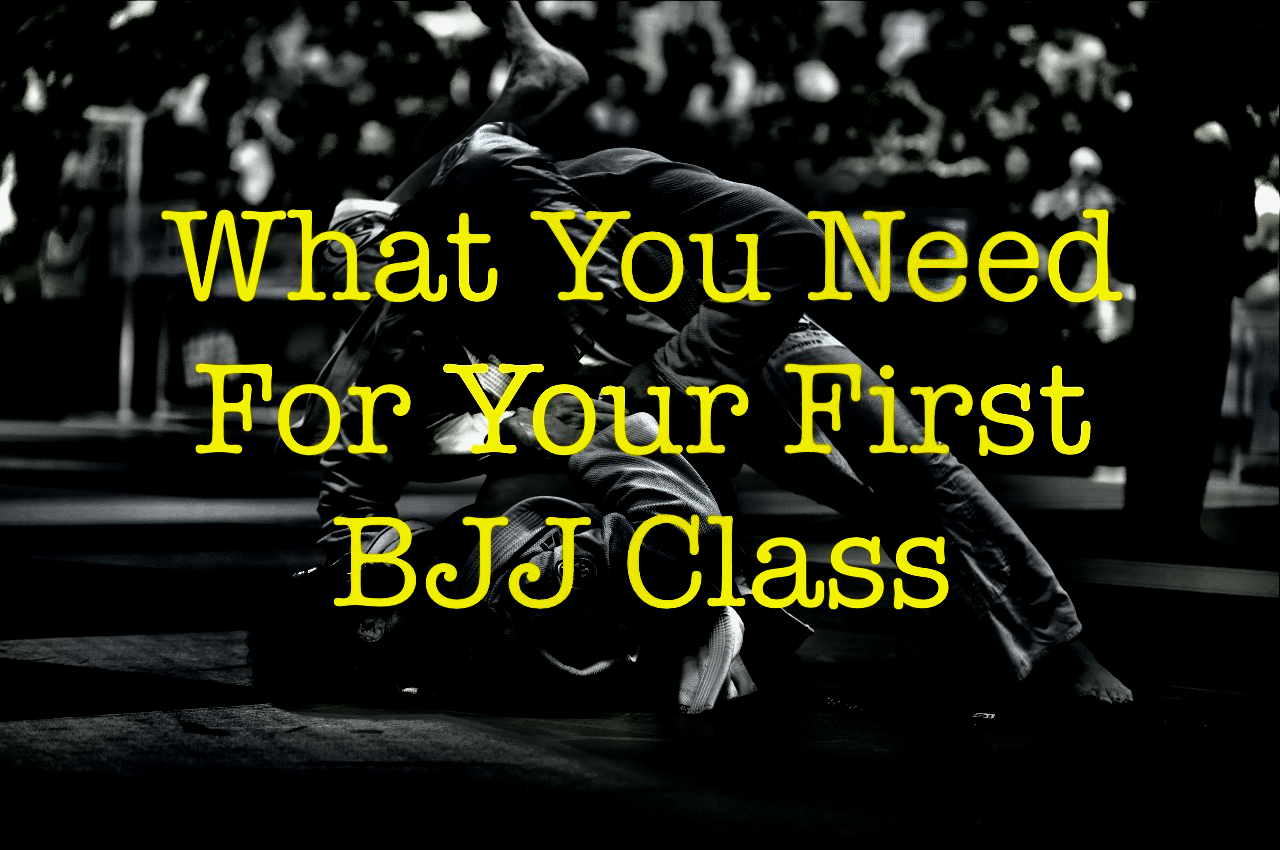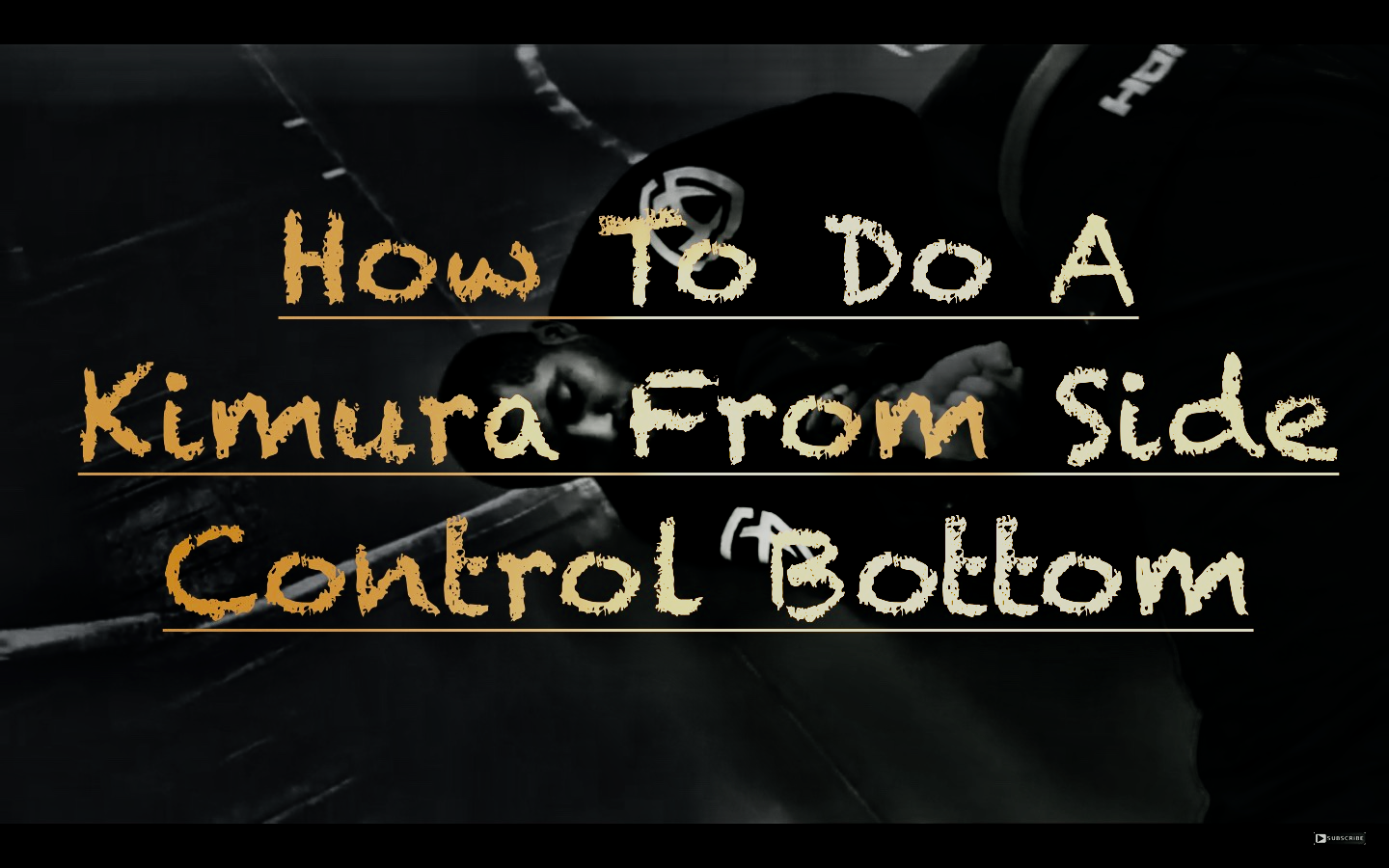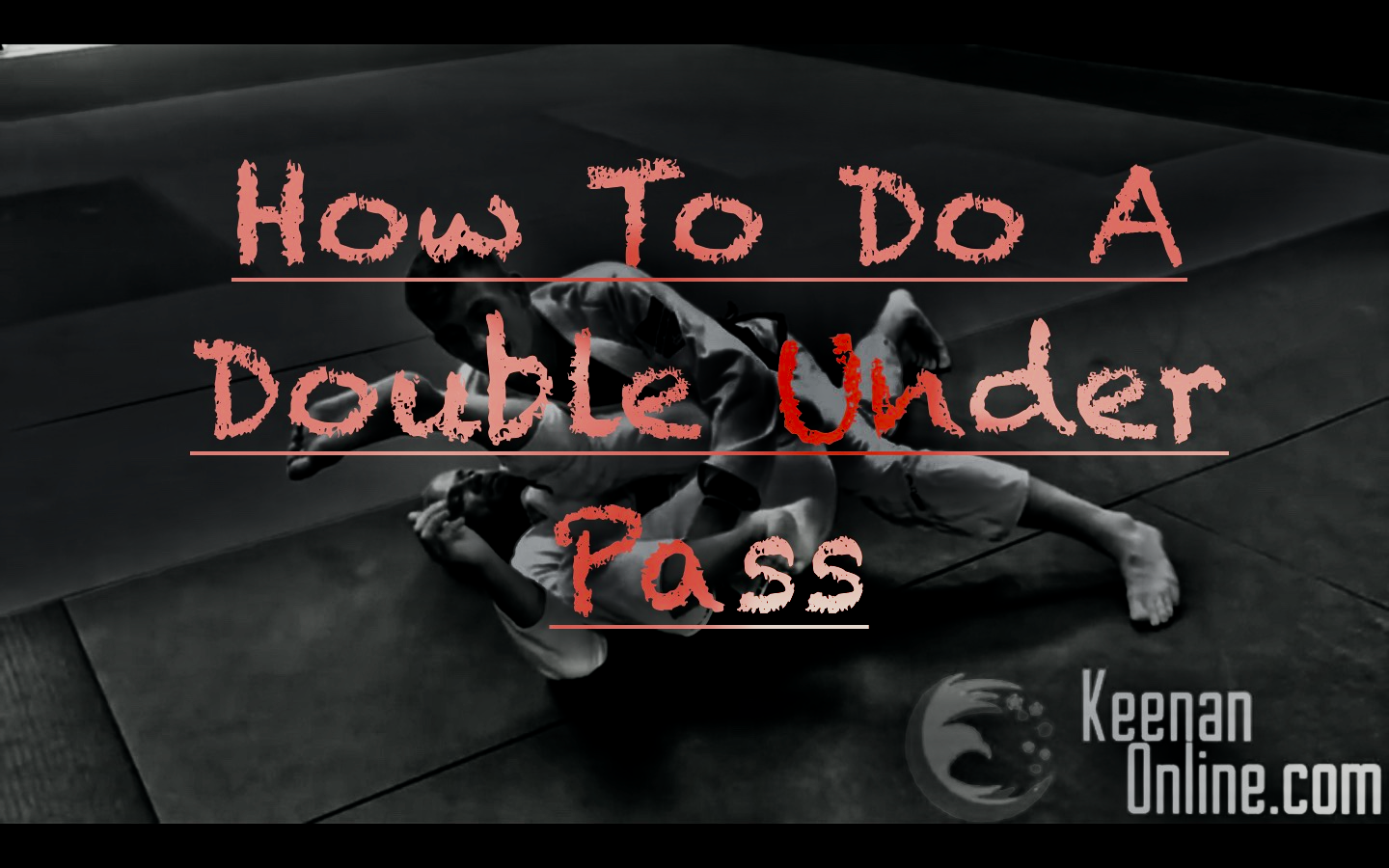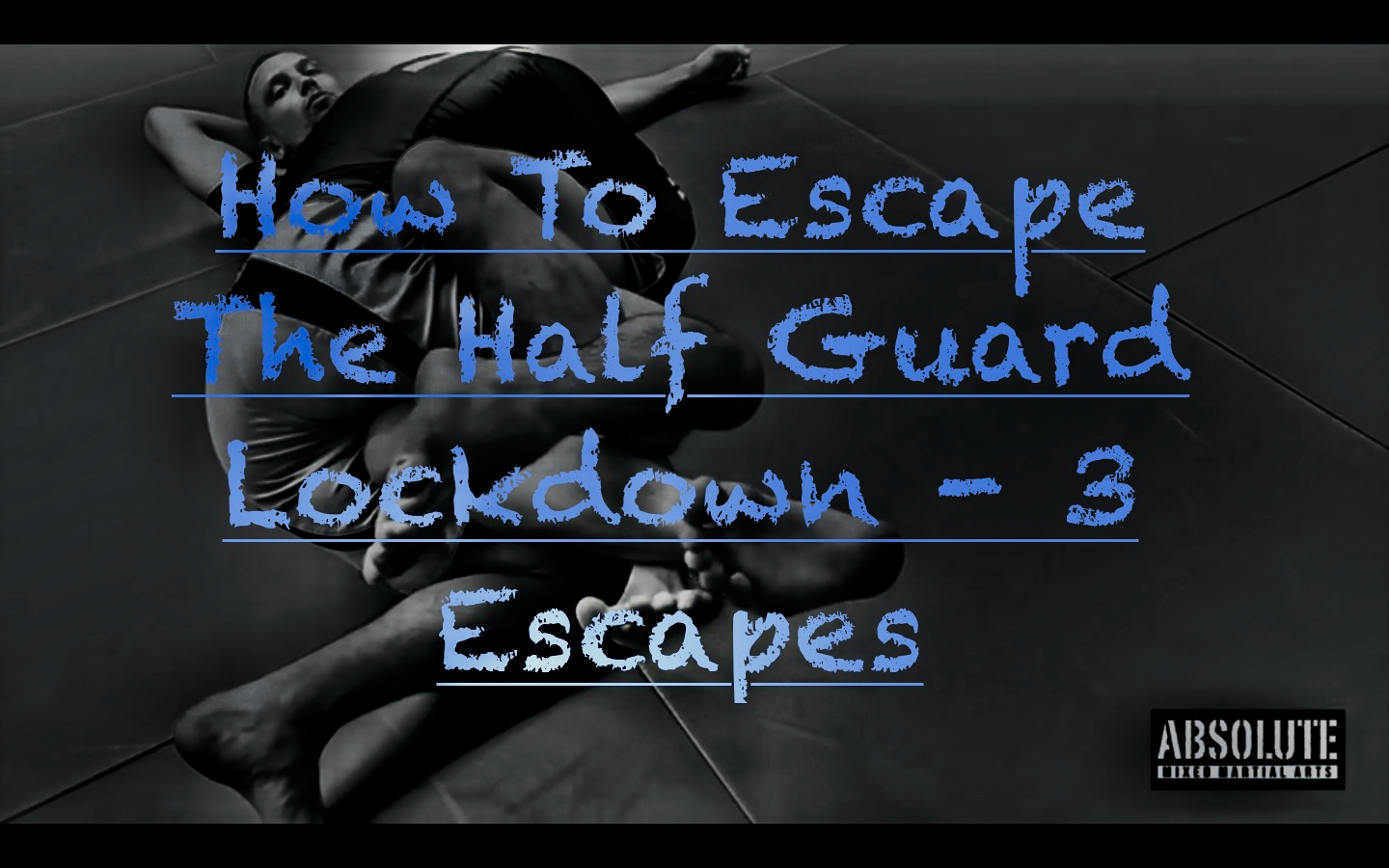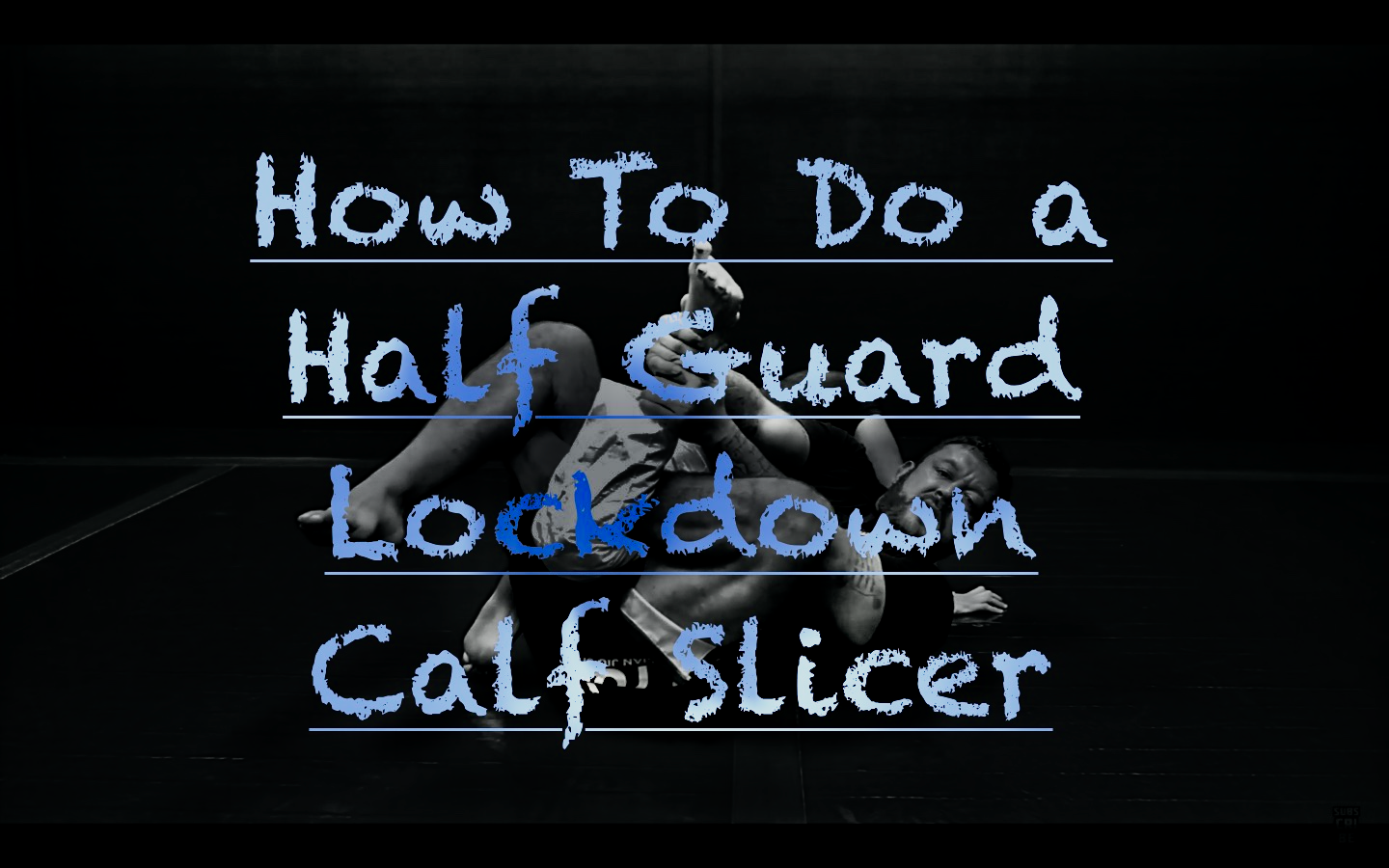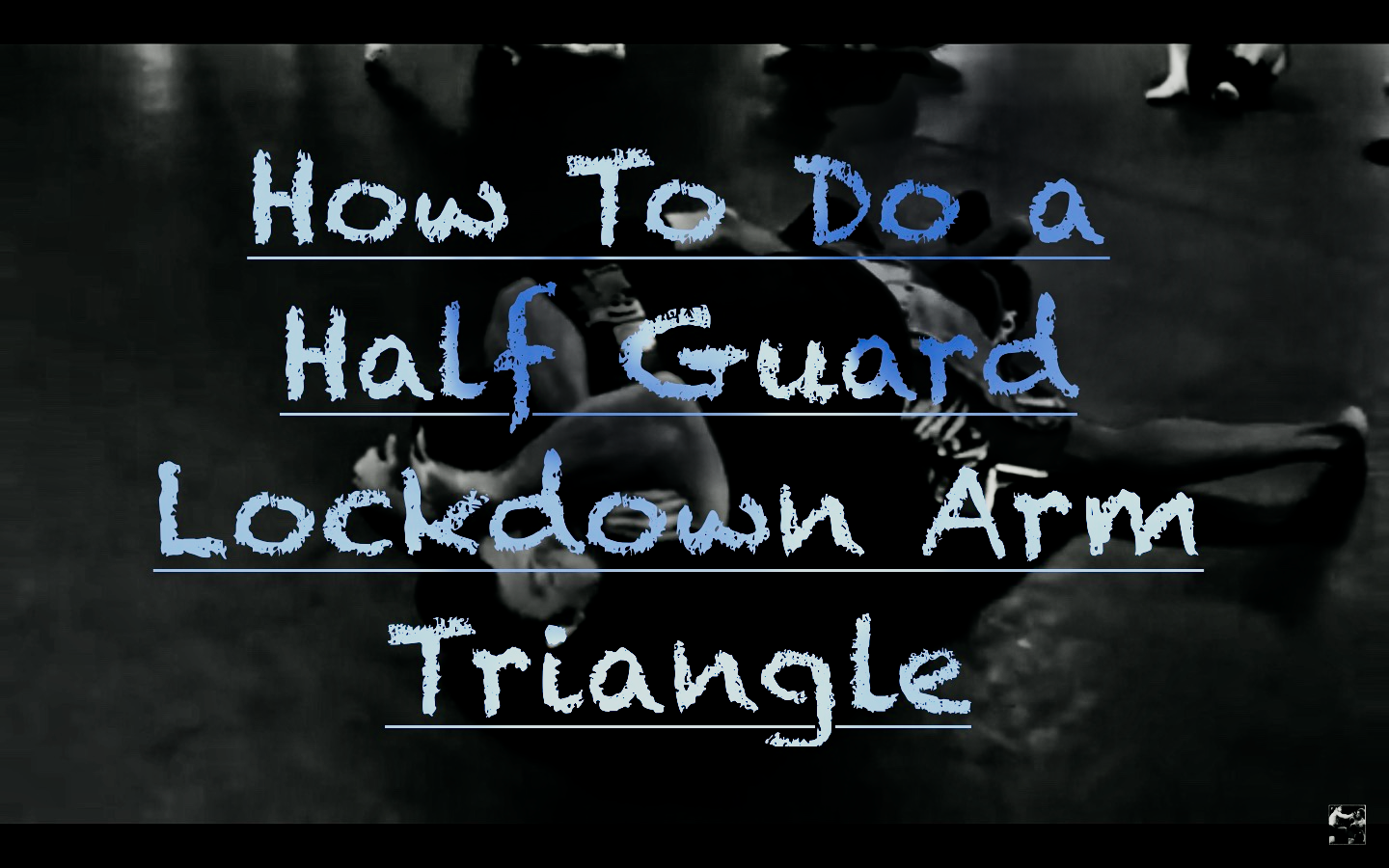
So you’ve been bitten by the BJJ bug (or choked by the Jiu-Jitsu chicken? That one needs some work). You took your first BJJ class and loved it, now you’re ready to dive into the deep waters head first. So what should a white belt buy to get better at BJJ?
Here’s our guide to all of the BJJ gear a white belt should buy.
- Best Starting BJJ Gi for New White Belts
Your first BJJ gi shouldn’t cost too much. You don’t know if your body is going to change (some people gain or lose a lot of weight when they get into BJJ) and you don’t know what kind of gi you really want (a super light one if your gym is hot and you get uncomfortable rolling BJJ while feeling like you’re wearing a winter coat in a sauna or a super thick heavy competition gi that makes you hard for an opponent to grip)
- Best Starting BJJ Rash Guard for New White Belts
A BJJ rash guard is something you’ll want to have early in your BJJ career. A BJJ rash guard serves a few purposes. First, a rash guard guards you against rashes (look at that, it’s right in the name!). Even a really nice high end BJJ gi is a thick, rough, sturdy piece of equipment designed to have your two hundred pound friend hang off it while they try to pull you down, so you need something between you and your gi otherwise you’ll end up like Andy Bernard in the Michael Scott’s Dunder Mifflin Scranton Meredith Palmer Memorial Celebrity Rabies Awareness Pro-Am Fun Run Race For the Cure.
The second thing a rash guard does is keep your sweaty chest from dripping on your opponents and keeps anything gross on the mat from your skin. Like coming into class with fresh breath and a lack of body stank (as we mentioned in our What You Need For Your First BJJ Class post), you should think of what you can do to make your buddies want to roll with you. One of the easiest things you can do is not drench them with your chest sweat whenever you’re above them, and a decent rash guard can do that. Additionally, a BJJ gym can host a whole lot of nasty stuff like ringworm, staph, MRSA, and people who pull guard. Keep yourself from catching any of those gross conditions with a good rash guard.
The third thing a rash guard does is keep your options open. If your gym has a no gi BJJ class or an MMA class, you don’t want to be the guy who shows up in a muscle shirt and gets someone’s arm stuck in their shirt over and over so everyone has to watch out for your fashion faux pas to keep from breaking their arm. Show up in a rash guard and you can wear gym shorts or your gi bottoms and be ready to roll full speed.
- Best Starting BJJ Book for New White Belts
BJJ is an immensely complicated sport that can seem really overwhelming at first (and once you get a hold of how much knowledge is out there, it turns into something really REALLY overwhelming, but that’s where the fun is). The best way to acclimate yourself with the basics of BJJ is to do like Levar Burton taught us and take a look, it’s in a book.
A good BJJ book will leave you with a basic understanding of terms, positions, and a few techniques (even if you just leave knowing the names and what the end goal of them are, it will set you up to not feel overwhelmed like everyone else in class is tapped into the matrix like keanu and knows kung fu after seeing a technique once.
We recommend Jiu-Jitsu University by Saulo Ribiero as the most comprehensive yet approachable starting point for a new BJJ white belt to learn the BJJ fundamentals.
- BJJ Belt for New White Belts
This one is probably unnecessary, but you will want to check it out. Most BJJ gis come with a white belt in the package for free when you buy them, but just in case yours doesn’t, you might want to buy one so you can fully get dressed at home before you head to the gym. Of course, because most BJJ gis have a white belt with them, your school might have some laying around or you can ask the folks you train with if they have a spare.
- Best BJJ Shorts for New White Belts
BJJ shorts are a good purchase if you plan to spend a lot of time doing no gi BJJ. A good pair of shorts will keep you covered during an intense roll better than gym shorts between the heavy ties designed for grappling and the legs that are designed to let you stretch farther than any normal gym shorts (the first time you get stacked in a triangle attempt, you’ll understand the importance), these shorts will be a great addition to your BJJ gear collection.
- Best BJJ Spats for New White Belts
Just like BJJ shorts, BJJ spats are a great option for no gi BJJ or wrestling. BJJ spats will keep you completely covered while rolling, avoiding anyone having to stick their head into your gross thighs when they take you down or you having to have someone’s gross head on your thighs when you get taken down. Spats can also keep you from getting gi burn on your knees and legs and can keep your legs clean and separated from the mat, keeping you healthy and ready to roll without even a day off for an infection.

